Note from Hint Mama: Our garage is filled with cardboard boxes and plastic bins stuffed with my daughter’s old clothes. Meanwhile, tons more outfits that my little one has outgrown fill up drawers in her closet, waiting to be packed away in the garage. I hope to one day pass these clothes down to a future child, but I have to admit that my process for storing them has been very haphazard and disorganized. Luckily, I now have the hint below from Hint Mama contributor Crystal Sabalaske, a mom and professional organizer, to help me. Turns out, I’ve been doing the storage thing all wrong.
Do you ever feel like you have more storage space in your home designated for kid items than for your own stuff? On a daily basis, you likely have to deal with regular child-related paraphernalia such as little shoes, heaps of toys, plastic cups, schoolwork and art supplies.
Then, if you’re like most parents, you have the added burden of managing the stuff your kids are not yet using on a daily basis, the items designated for future use like hand-me-downs you’ve luckily received or that you’re saving for a younger child. I’m not going to lie. It can be very time consuming to properly care for and manage items you want to preserve until a child is old enough to use them.
But the good news is that if you plan and invest a little time now, you can minimize both the time and space required to store your child’s items properly, and save money too. You’ll skip having to spend time down the road sorting through messy bins and boxes all filled with random gear, you’ll maximize the storage space available, and you’ll save money by not having to eventually buy replacement items for gear that got stained or moldy in storage.
So what do I recommend doing now? Today’s hint is my step-by-step process for what I consider the best way to organize toys, books, baby gear and clothes for future use.
Step 1: Evaluate if a given item is worth keeping. Questions to ask yourself before deciding to keep a hand-me-down include: Does it have all of the parts? Is it safe or has it been recalled? If the sounds from the toy annoyed you before, do you really want to hear them again? Are the pages of the book falling out? Are the clothes stained and worn out? It may turn out that you don’t want to keep the item after all, and you’re better off donating it to charity.
Step 2: Launder or disinfect everything you decide to keep. Wash seat pads of swings, bouncy seats and high chairs; wipe down any plastic or wood parts, and wash all those too-small or too-big clothes. This probably seems like a step worth skipping since you’ll have to rewash the items when the next child is ready to use them. However, if there are any odors or stains on any of the gear, they will surface over time and may end up attracting bugs. (In general, if you are putting items into storage, you also should avoid using scented laundry detergents and fabric softeners when you’re giving items their final clean before storage, as the scent could attract bugs and potentially rodents).
Step 3: Remove any batteries. If the batteries corrode, the item may not work again.
Step 4: Sort items into categories so the items are easier to find. For example, sort books into categories like board books, easy reader books and chapter books. Feeding items can be sorted by infant (think bottles, baby spoons, bottle warmer and breast pump) and toddler items (think small bowls, sippy cups and little forks). Clothes can be sorted by size and type of item. As I recommended a while back on my site, I suggest sorting your child’s current size and the next size up together so your little one doesn’t miss out an opportunity to wear certain pieces of clothing. Then, once the clothes are sorted by size, sort the sizes by type of item. For some other tips on organizing clothes for future use, check out the IHeart Organizing blog.
Step 5: Group small parts within the categories together. Use Ziploc bags to group small pieces together (think bottle parts, hair accessories, Legos and Little People).
Step 6: Put the items in plastic bins with lids and label the bins. I suggest putting each category of items in its own bin, or bins, though I will combine toys in the same bin if they are for the same age group. I like plastic bins better than cardboard boxes because, in my experience, the glue in cardboard can attract bugs, especially if you store the boxes in your attic, garage or basement (more on that below). I also don’t recommend using garbage bags because they are difficult to stack, trap in moisture and are easily invaded by bugs or rodents.
I prefer clear plastic bins to their solid color counterparts because they allow you to see what’s inside. You can find clear plastic bins at stores like Home Depot, Lowes, Bed Bath & Beyond, Target, Walmart and Amazon.com. As for labels, you can make labels with a label maker, a piece of paper and a permanent marker, or you can buy ready-made labels at an office supply store like Staples.
If an item is too large to store in a bin, remove the parts that contain cloth or padded pieces (think swing and bouncy chair seats) and store those in a bin. Cover the rest of the item, like a baby swing, with a thin white sheet to protect it from dust (just drape the sheet over the item; no need to use tape). If you use plastic (like a garbage bag) to cover the item, moisture may build up on the item and lead to mold. You can usually find white sheets at the dollar store. Bed sheets are fine, and another option is to buy a large piece of white cotton fabric from a fabric store.
For clothes, bins work just fine, though I like this bin variation: the Compactor bag, which I recently discovered on Zulily. I use them to store my daughter’s next size up and next season clothes under the daybed in our guest room. Zulily doesn’t always carry the bags, but you can sign up for an alert to be notified when they are back in stock. The Container Store also offers a similar-type of vacuum-sealed space bag within a storage container.
Step 7: Store the bins, Compactor bags and sheet-covered items. Ideally, you want to keep your items out of humid environments like an attic, garage or basement. Inside the house, the best storage locations are usually the back or top of a closet, under the bed or in the top of a cabinet.
When my children were young, I liked to store my bins containing hand-me-downs in the top of my daughter’s closet. And as I mention above, I keep Compactor bags filled with clothes under the bed in our guest room.
Sometimes, due to space restrictions, however, avoiding the attic, garage or basement isn’t possible. If these sorts of spaces are your only storage options, plastic bins should work just fine, but make sure not to store vacuum-sealed space bags like Compactor bags there. The vacuum seal prevents air from circulating, and the clothes will grow mold.
If you are storing items in a garage, attic or basement, you’ll also want to make sure the storage bins are accessible and not buried behind other boxes, so you can easily add items to the bins as your child grows.
Also, don’t store any food related items or teething toys in the attic. The extreme heat could cause the plastics to leach chemicals, making them unsafe for your baby. Under beds, in closets or in the top of kitchen cabinets are better options for these types of items.
There you have it – that’s my storage process. What do you think of it? What are your tips for organizing hand-me-downs and items for future use?
Crystal Sabalaske, professional organizer and owner of Cluttershrink, has been helping people get organized in their homes and offices for the past 12 years. She has appeared on several episodes of HGTV’s series, Mission: Organization, and her organizing tips have appeared in national publications such as Family Fun, Parents, and Women’s Health magazines. Crystal lives in Bucks County, PA, with her 9 year-old daughter and 7-year-old son. Follow her tips on Facebook, Pinterest and Twitter.
Follow Hint Mama on Facebook and Twitter, and read more about the site’s contributors and disclosures.
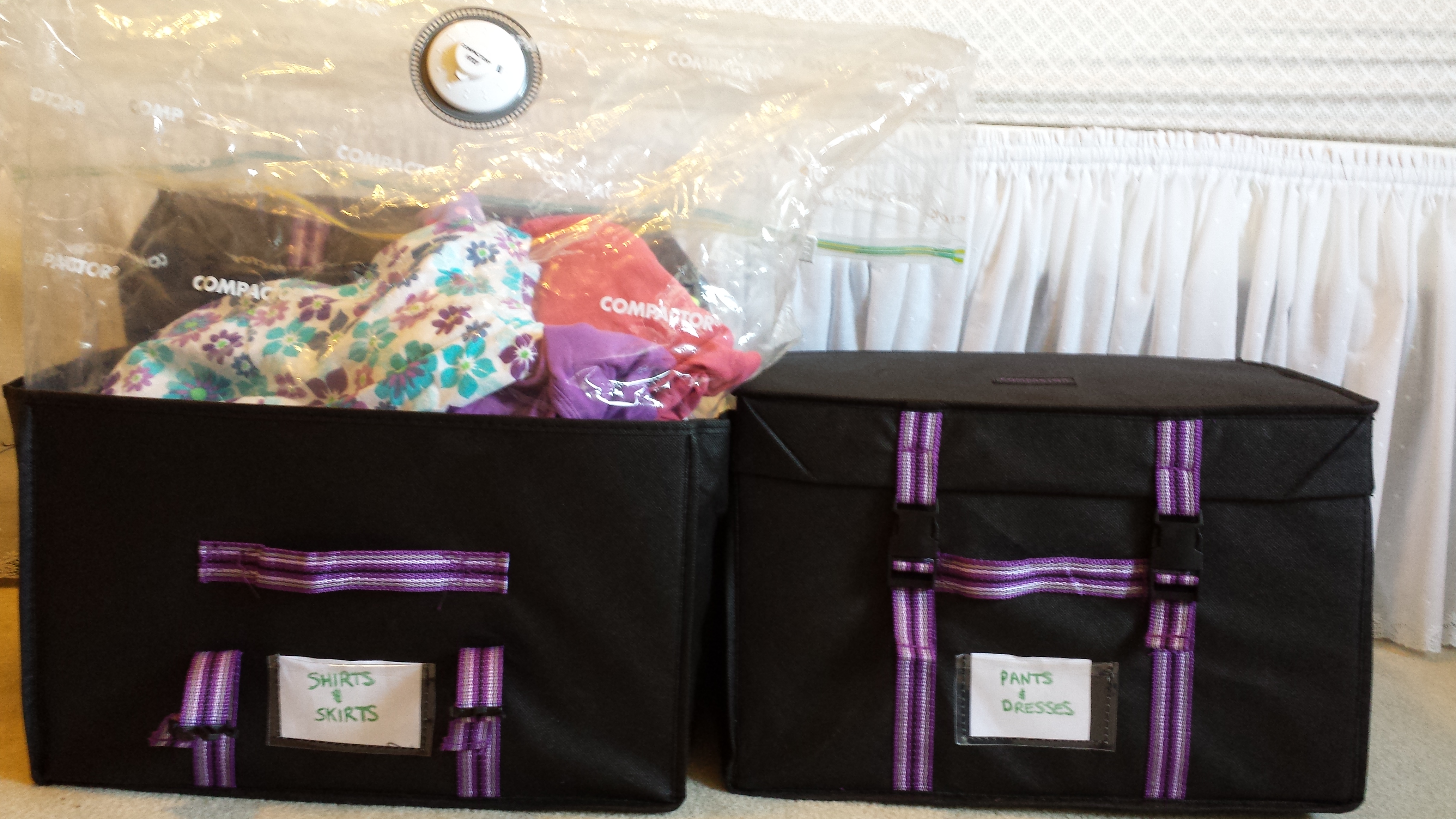
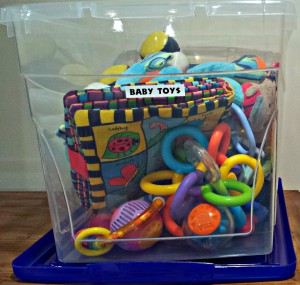
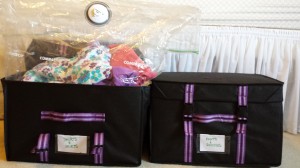


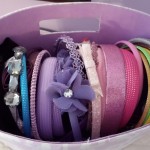
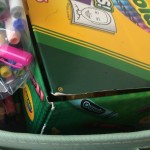

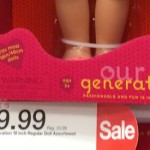
I want to store some of my son’s baby clothes, first toys and other keepsakes to pass down to him. Can these all be stored in the same container or should clothes and cloth items be stored separately from plastics or paper?
Hi Liz,
Here’s a reply from Crystal: I suggest storing items separately in case changes in humidity or temperature cause inks, dyes, or paints to run. If it is a really important item, like a christening gown or some other heirloom, I would invest in acid-free tissue paper and an acid-free box to prevent yellowing. You can search “acid-free” or “archival safe” storage to compare prices, but you can typically find these items at The Container Store or Exposures Online.
Wow.. Its really great.
But you can also sell your kids cloths online. I use some sites like dutchchoice.com and others to sell my kids designer cloths. Benefit is that designer cloths are costly and obviously no one wants to waste it. So its better to sell it so other kids can use it.